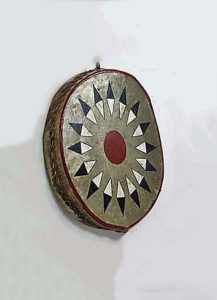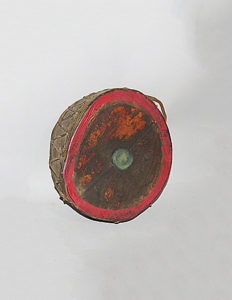Cheyenne
At the time of their first European contact, the Cheyenne lived in what is now Minnesota. They were close allies of the Arapaho and loosely aligned with the Lakota. By the early 18th century, they were forced west across the Missouri River and into North and South Dakota, where they adopted the horse culture. Having settled the Black Hills of South Dakota and the Powder River Country of present-day Montana and Wyoming, they introduced the horse culture to Lakota people about 1730. With the Arapaho, the Cheyenne pushed the Kiowa to the Southern Plains. In turn, they were pushed west by the more numerous Lakota.
The main group of Cheyenne, the Tsêhéstáno, was once composed of ten bands that spread across the Great Plains from southern Colorado to the Black Hills in South Dakota. They fought their historic enemies, the Crow and later (1856–79) the United States Army. In the mid-19th century, the bands began to split, with some bands choosing to remain near the Black Hills, while others chose to remain near the Platte Rivers of central Colorado.
The Northern Cheyenne, known in Cheyenne either as Notameohmésêhese, meaning “Northern Eaters” or simply as Ohmésêhese meaning “Eaters”, live in southeastern Montana on the Northern Cheyenne Indian Reservation.
Resource: https://en.wikipedia.org/wiki/Cheyenne


